With great pleasure, we will explore the intriguing topic related to 2025 Orthodox Calendar: A Comprehensive Guide. Let’s weave interesting information and offer fresh perspectives to the readers.


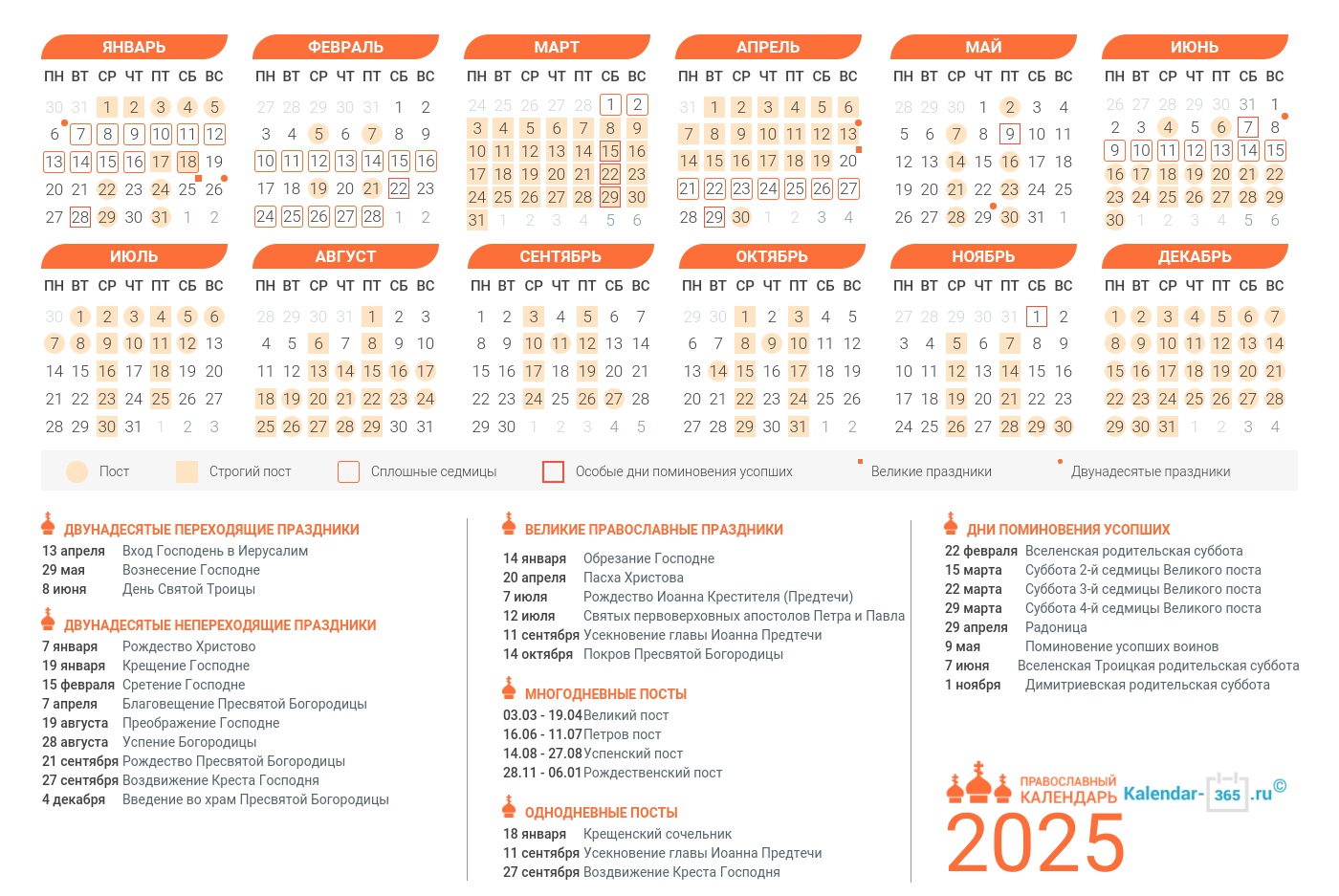
The Orthodox calendar, also known as the Eastern Orthodox calendar or the Julian calendar, is a liturgical calendar used by the Eastern Orthodox Church, the Oriental Orthodox Churches, and some Eastern Catholic Churches. It is based on the Julian calendar, which was introduced by Julius Caesar in 46 BC. The Orthodox calendar differs from the Gregorian calendar, which is the civil calendar used in most of the world today, by 13 days.

The Orthodox calendar is divided into 12 months, each of which has 30 or 31 days. The months are named after the Latin names for the months of the Gregorian calendar, but they begin on different dates. The Orthodox calendar also includes a number of feast days and holy days, which are celebrated on specific dates throughout the year.
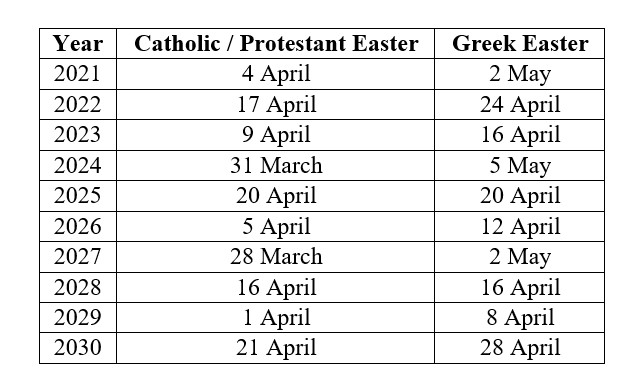
The Orthodox calendar is used for a variety of purposes, including determining the dates of religious holidays, calculating the dates of Easter, and scheduling church services. It is also used by some Orthodox Christians to determine the dates of their baptisms, weddings, and other important life events.
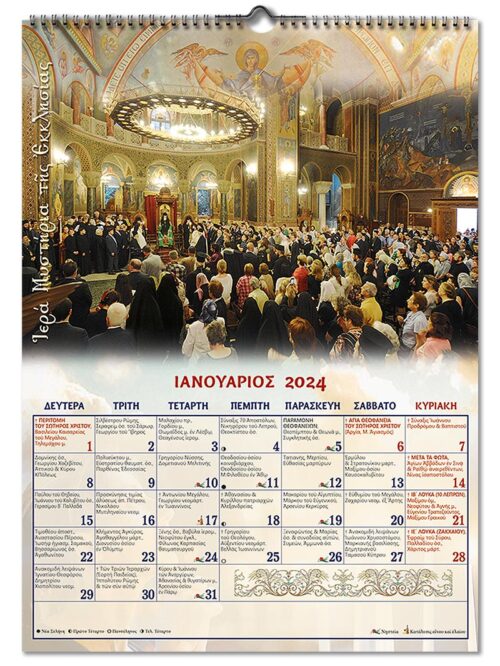
The Orthodox calendar was first introduced by the Eastern Orthodox Church in the 4th century AD. At that time, the Church was using the Julian calendar, which was the civil calendar used in the Roman Empire. However, in 1582, Pope Gregory XIII introduced a new calendar, the Gregorian calendar, which was more accurate than the Julian calendar. The Gregorian calendar was quickly adopted by most of the Western world, but the Eastern Orthodox Church refused to adopt it.

The Eastern Orthodox Church’s refusal to adopt the Gregorian calendar was based on a number of factors. First, the Church believed that the Gregorian calendar was a violation of the canons of the Church. Second, the Church believed that the Gregorian calendar was a Western innovation that would lead to the Westernization of the Orthodox Church. Third, the Church believed that the Gregorian calendar was inaccurate and that it would disrupt the Church’s liturgical cycle.
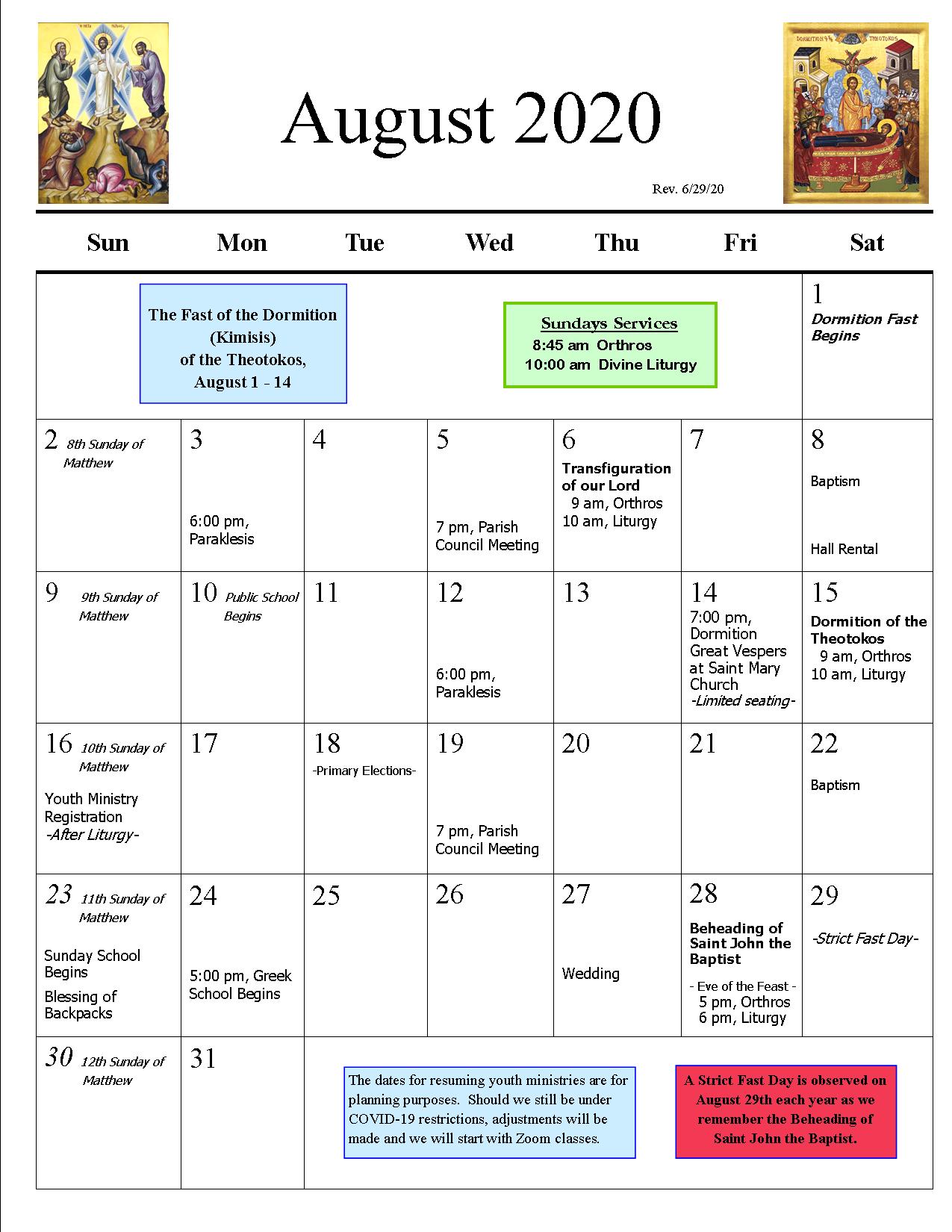
As a result of the Eastern Orthodox Church’s refusal to adopt the Gregorian calendar, the Orthodox calendar is now 13 days behind the Gregorian calendar. This difference in dates has led to some confusion and inconvenience for Orthodox Christians who live in countries that use the Gregorian calendar.

The Orthodox calendar is divided into 12 months, each of which has 30 or 31 days. The months are named after the Latin names for the months of the Gregorian calendar, but they begin on different dates. The following table shows the months of the Orthodox calendar and their corresponding Gregorian calendar dates:
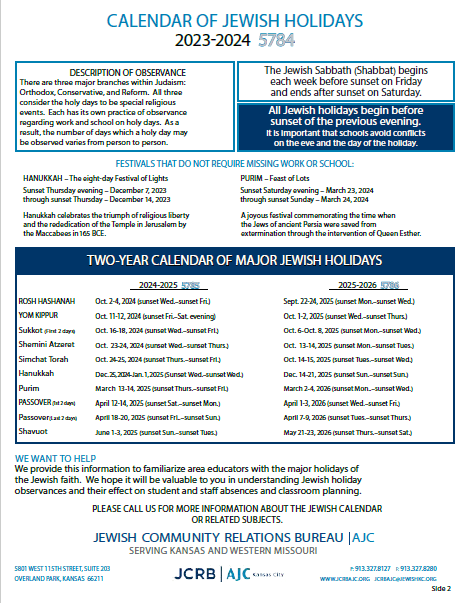
The Orthodox calendar includes a number of feast days and holy days, which are celebrated on specific dates throughout the year. These feast days and holy days commemorate important events in the history of the Church, as well as the lives of the saints. The following table shows some of the most important feast days and holy days of the Orthodox calendar:
The Orthodox calendar is used for a variety of purposes, including determining the dates of religious holidays, calculating the dates of Easter, and scheduling church services. It is also used by some Orthodox Christians to determine the dates of their baptisms, weddings, and other important life events.
The Orthodox calendar is a complex and multifaceted system that has been used by the Orthodox Church for centuries. It is a valuable tool for Orthodox Christians who wish to live their lives in accordance with the Church’s traditions.








Thus, we hope this article has provided valuable insights into 2025 Orthodox Calendar: A Comprehensive Guide. We thank you for taking the time to read this article. See you in our next article!